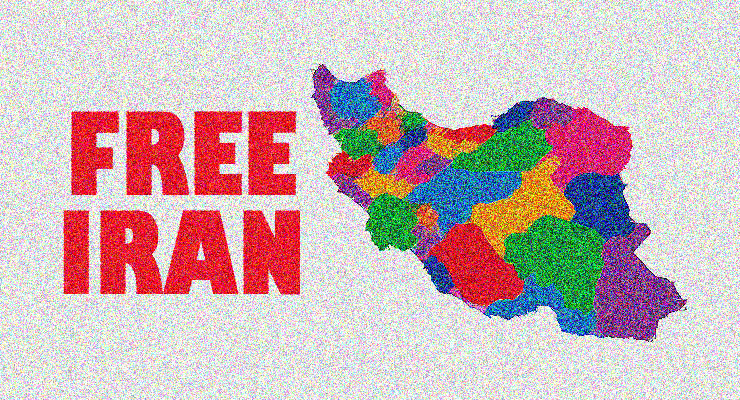 From Democracy Digest:
From Democracy Digest:
Moving forward,.., at least two developments might signal growing trouble for the [Iranian] regime, [a] CSIS analysis [states];
-
- First, defections among key individuals or units in the security forces—such as in the IRGC, Basij, or police—would be a serious problem for the Iranian regime. Governments have historically used a range of tools to prevent or respond to protests, from coercion (such as arresting individuals) to co-option (such as buying citizen loyalty). The Iranian regime has increased resources to, and improved the capabilities of, Iranian security forces to infiltrate and counter demonstrators; augmented the use of cameras and facial recognition technology; and shut down the internet and banned social media platforms. But if individuals or units within Iran’s security forces refuse to fire on or arrest protesters, or even resign in protest of government actions, this would indicate the regime’s authority is deteriorating.
- Second, greater centralization of the protest movement would present a challenge for the regime. There have been protests organized by urban merchants, truck drivers, teachers, environmentalists, and others over the past several years. But today’s protest movement is fractured and lacks central leadership. Indicators of change might include an increasingly centralized organizational structure inside—or even outside—Iran that develops a broad political strategy, plans events, secures funds, and begins to look like a legitimate political opposition movement. But no such structure exists—at least not yet.
Since protests in Iran in 2018 — at the time the largest in almost a decade — Washington had accelerated efforts to provide Iranians more options on how they communicate with each other and the outside world, a US state department official told the Financial Times:
The US-supported measures include providing apps, servers and other technology to help people communicate, visit banned websites, install anti-tracking software and navigate data shutdowns. Many Iranians rely on virtual private networks (VPNs) that receive US funding or are beamed in with US support, not knowing they are relying on Washington-backed tools.
“We work with technological companies to help free flow of information and provide circumvention tools that helped in [last week’s] protest,” a second state department official told the FT. “We are able to sponsor VPNs — and that allows Iranians to use the internet.”
Read the full story in Democracy Digest through this link.
Leave a Reply